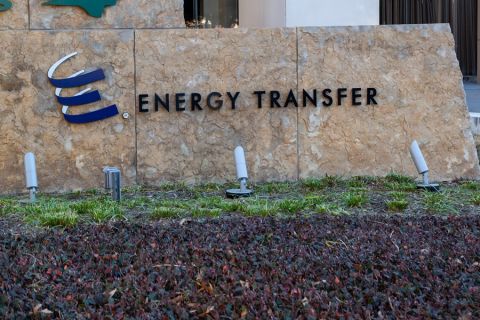Oil production activity across U.S. Great Plains and Rocky Mountain states rose moderately last quarter, marking the first year-on-year increase since 2019, according to a report April 9 by the Federal Reserve Bank of Kansas City.
The uptick comes as oil prices recover after the coronavirus pandemic crushed activity and battered the industry. U.S. crude futures traded around $59.30 per barrel April 9, up from as low as $22.57 a year ago.
Energy firms surveyed by the Kansas City Fed said crude oil prices would need to average around $53 per barrel for drilling to be profitable. The Kansas City Fed’s territory includes oil-producing states Colorado, Oklahoma, Wyoming and parts of New Mexico.
Expectations rose in the first quarter, the report said, with a future drilling and business activity index up to 40, versus 26 in fourth quarter of 2020. Some 61% of firms surveyed also indicated that financing had become more available.
While indexes showed expectations for growth in activity, comments from energy executives were less bullish.
“It appears that U.S. shale producers are less likely to immediately respond with increased drilling/completion rates when oil price increases provide them with increased cashflow,” one executive said.
Another warned that “a more cautious approach to growth will be the focus” over the next one to two years as demand recovers.
Comments by energy executives also pointed to shifts in labor trends within the industry.
One said full-time employment would remain depressed and be replaced by contract or part-time workers. Another said it had been difficult to find “appropriately skilled labor” as employees exit the industry.
Recommended Reading
Enterprise’s SPOT Deepwater Port Struggles for Customers
2024-04-25 - Years of regulatory delays, a loss of commercial backers and slowing U.S. shale production has Enterprise Products Partners’ Sea Port Oil Terminal and rival projects without secured customers, energy industry executives say.
Report: Crescent Midstream Exploring $1.3B Sale
2024-04-23 - Sources say another company is considering $1.3B acquisition for Crescent Midstream’s facilities and pipelines focused on Louisiana and the Gulf of Mexico.
Energy Transfer Announces Cash Distribution on Series I Units
2024-04-22 - Energy Transfer’s distribution will be payable May 15 to Series I unitholders of record by May 1.
Balticconnector Gas Pipeline Back in Operation After Damage
2024-04-22 - The Balticconnector subsea gas link between Estonia and Finland was severely damaged in October, hurting energy security and raising alarm bells in the wider region.


